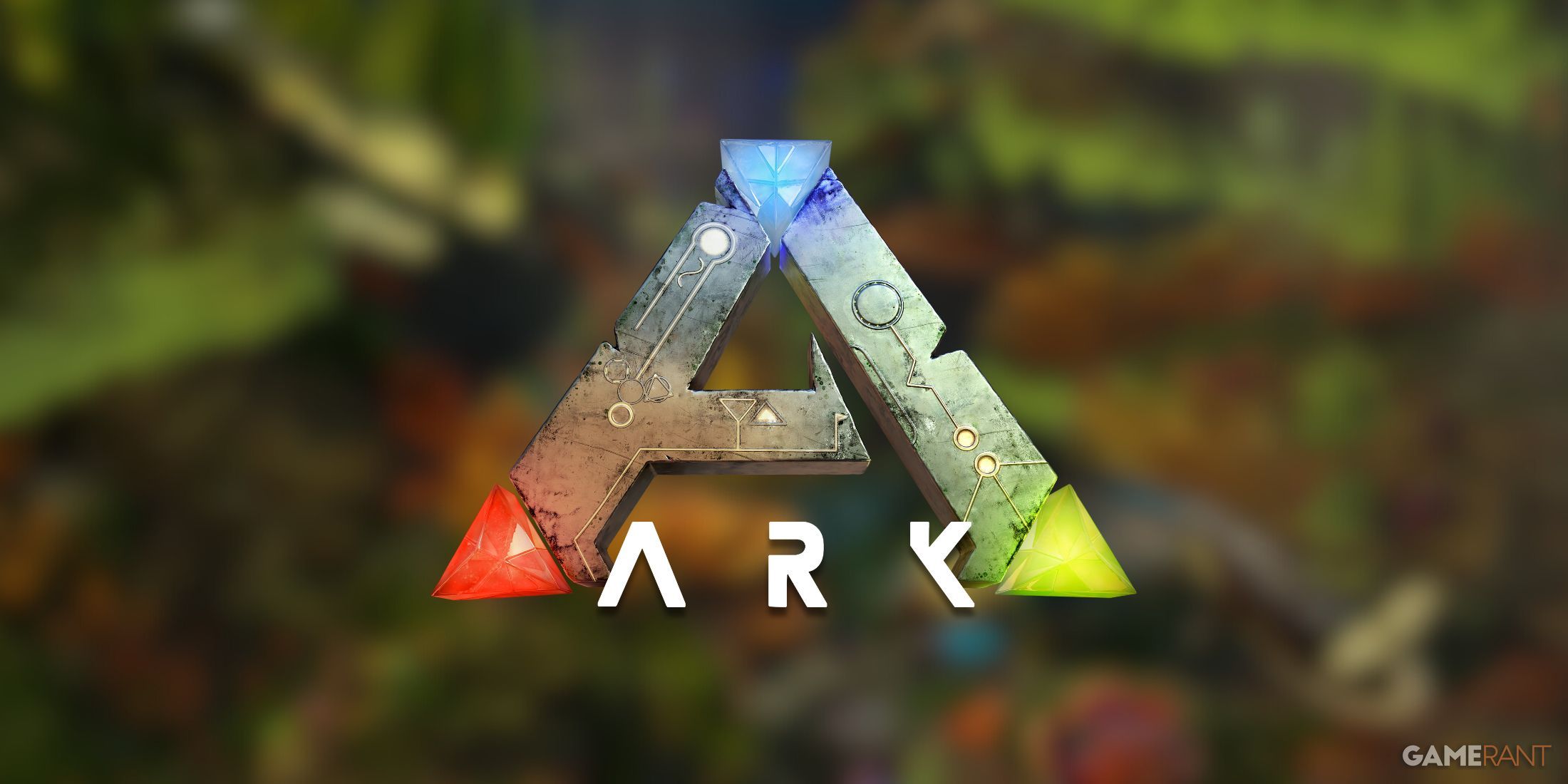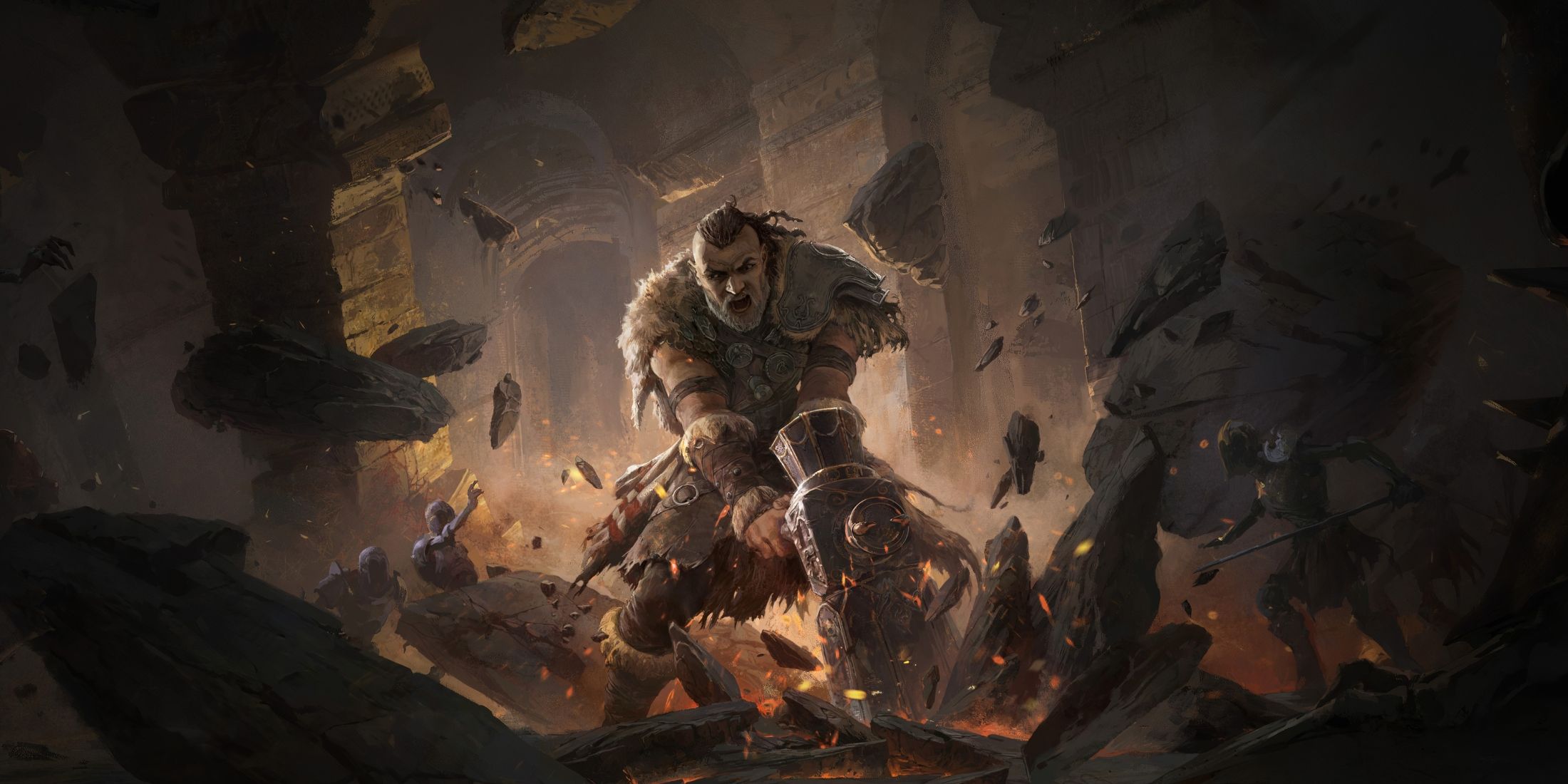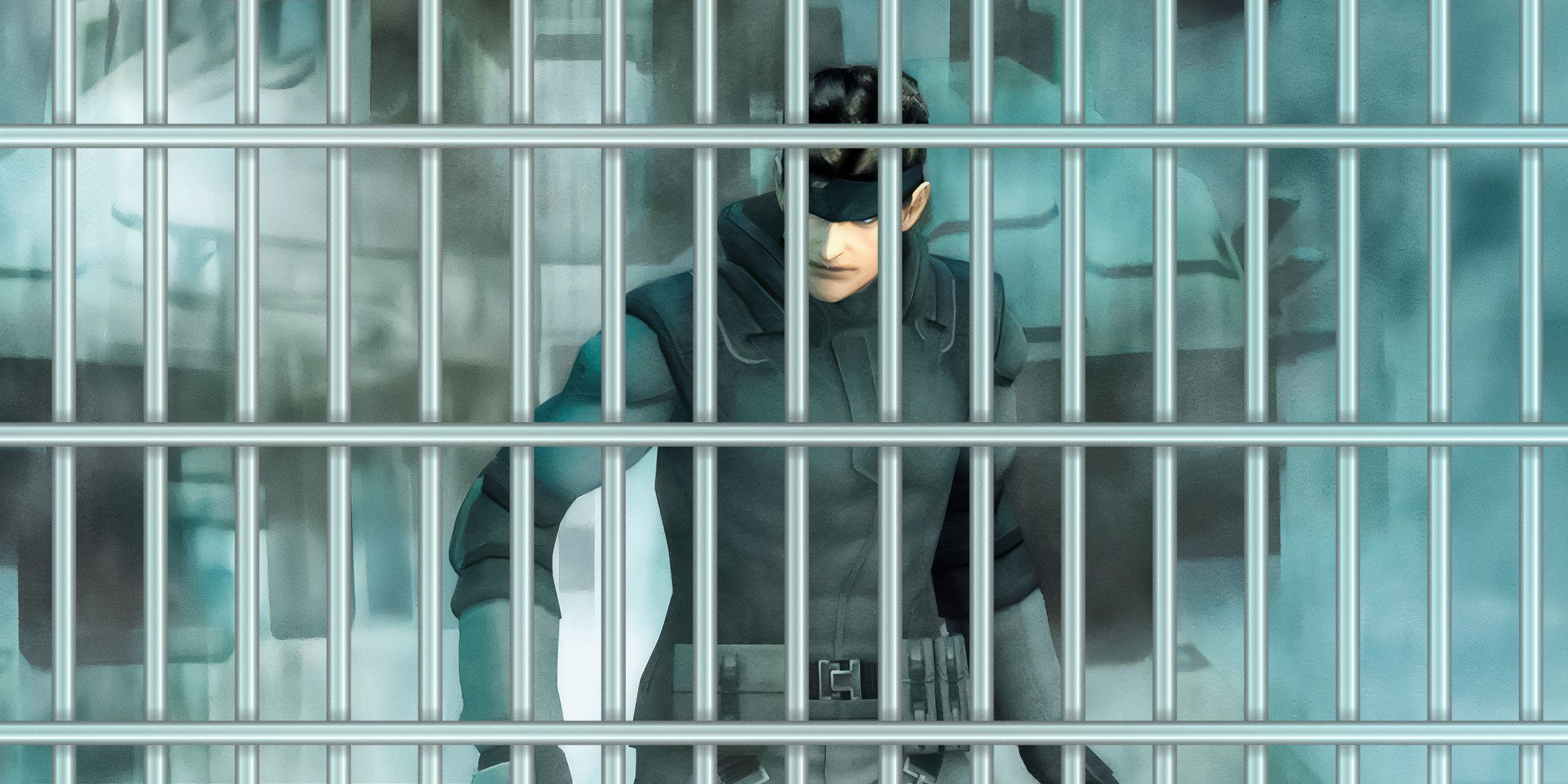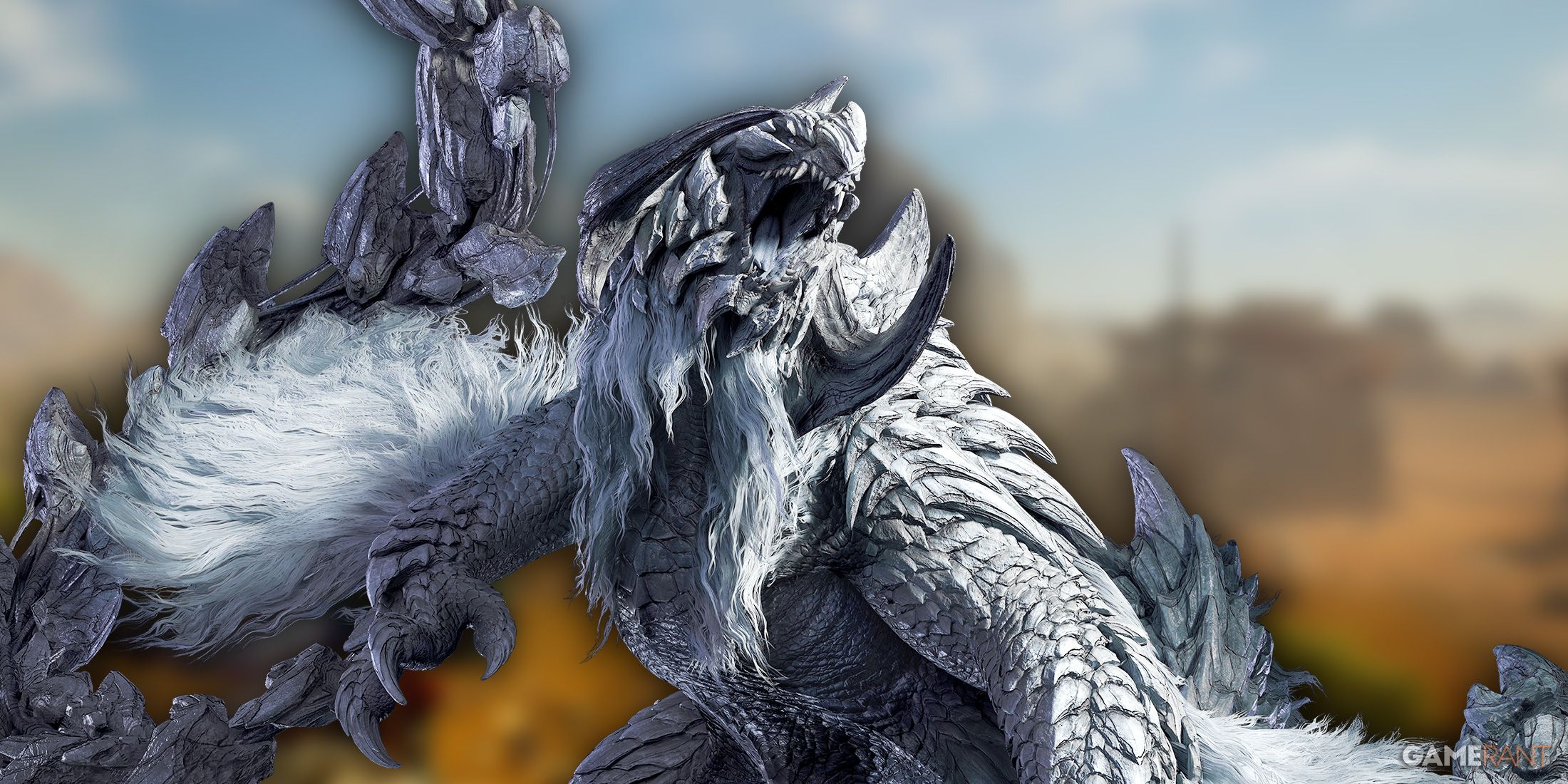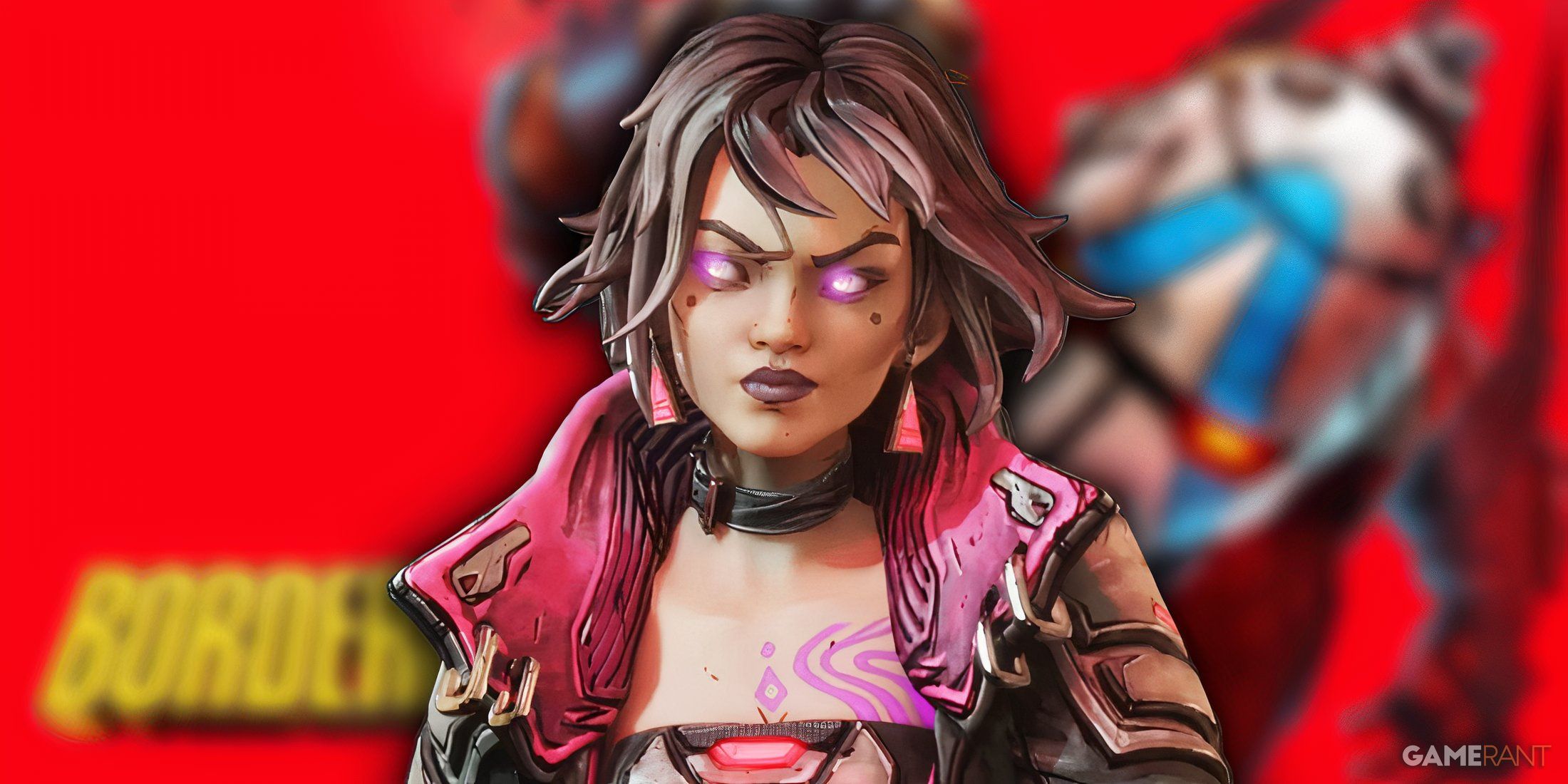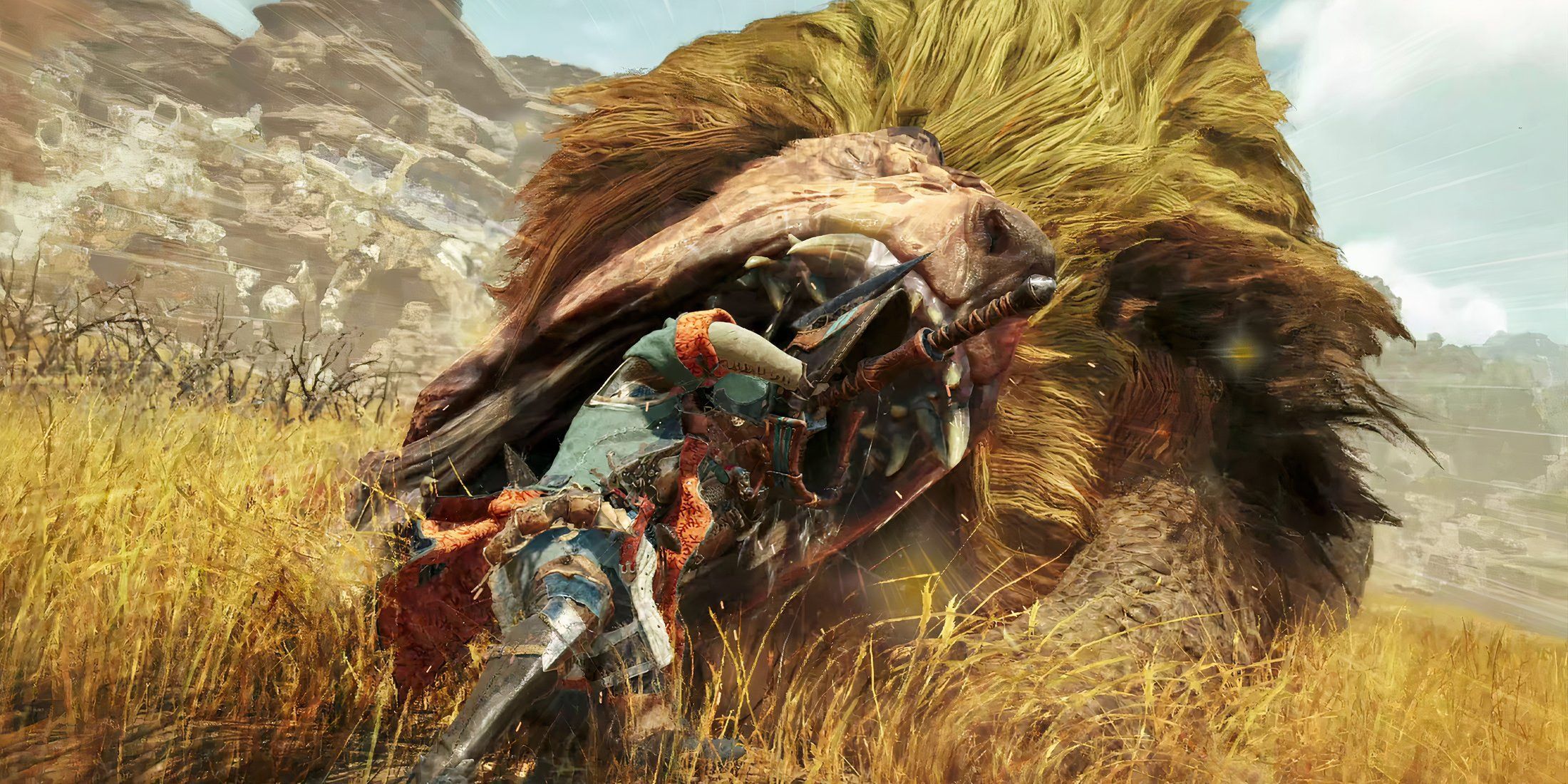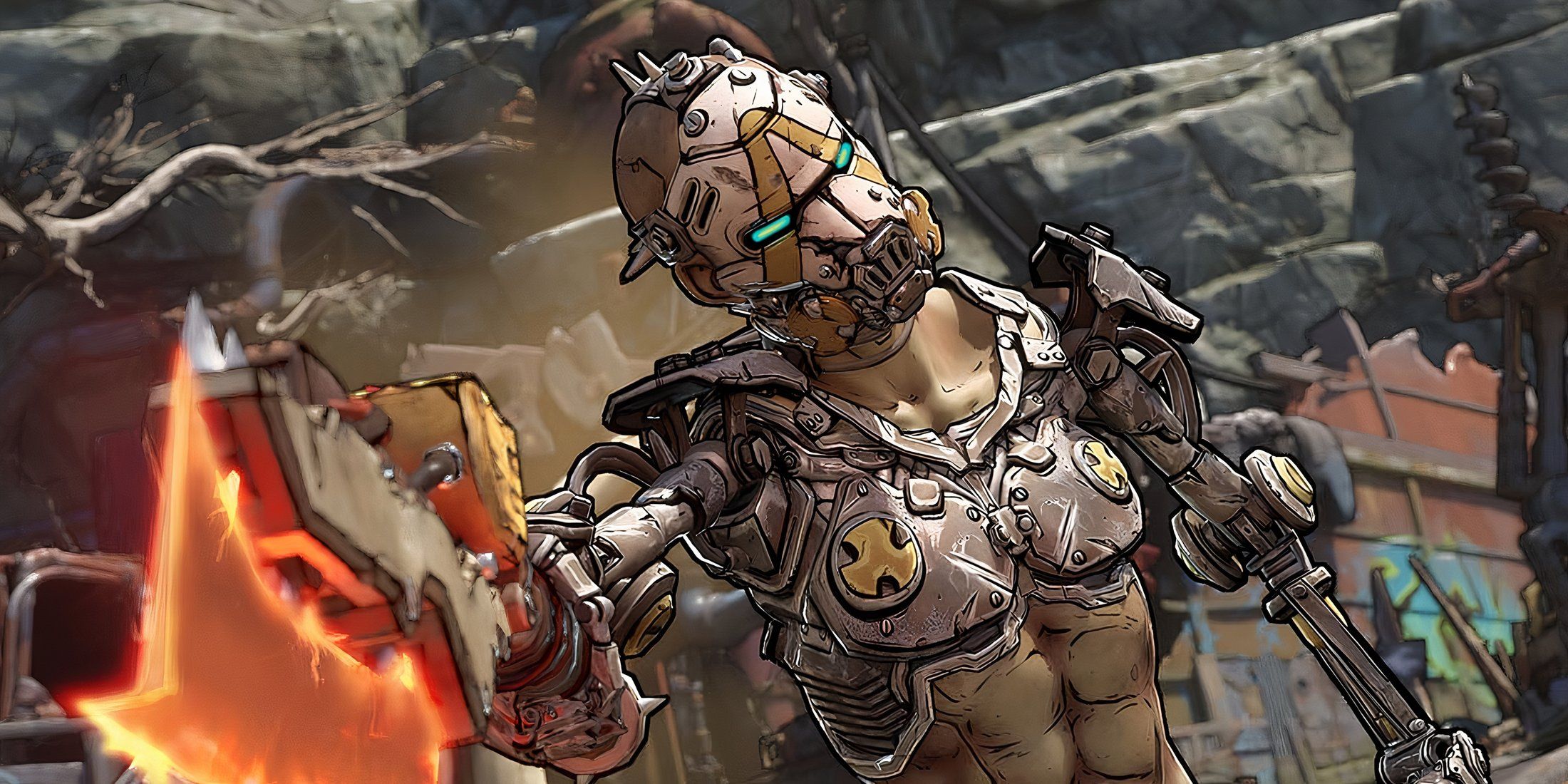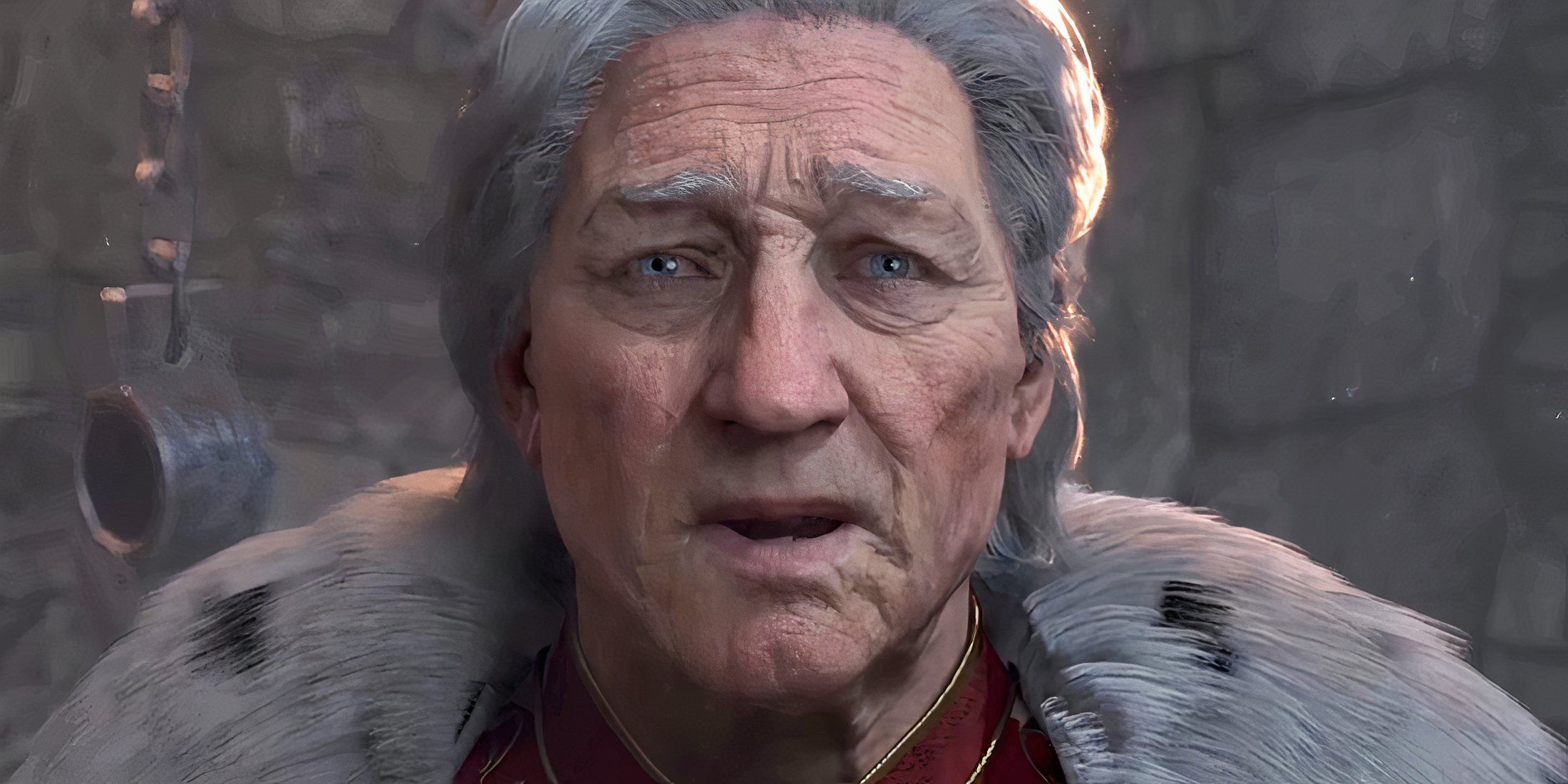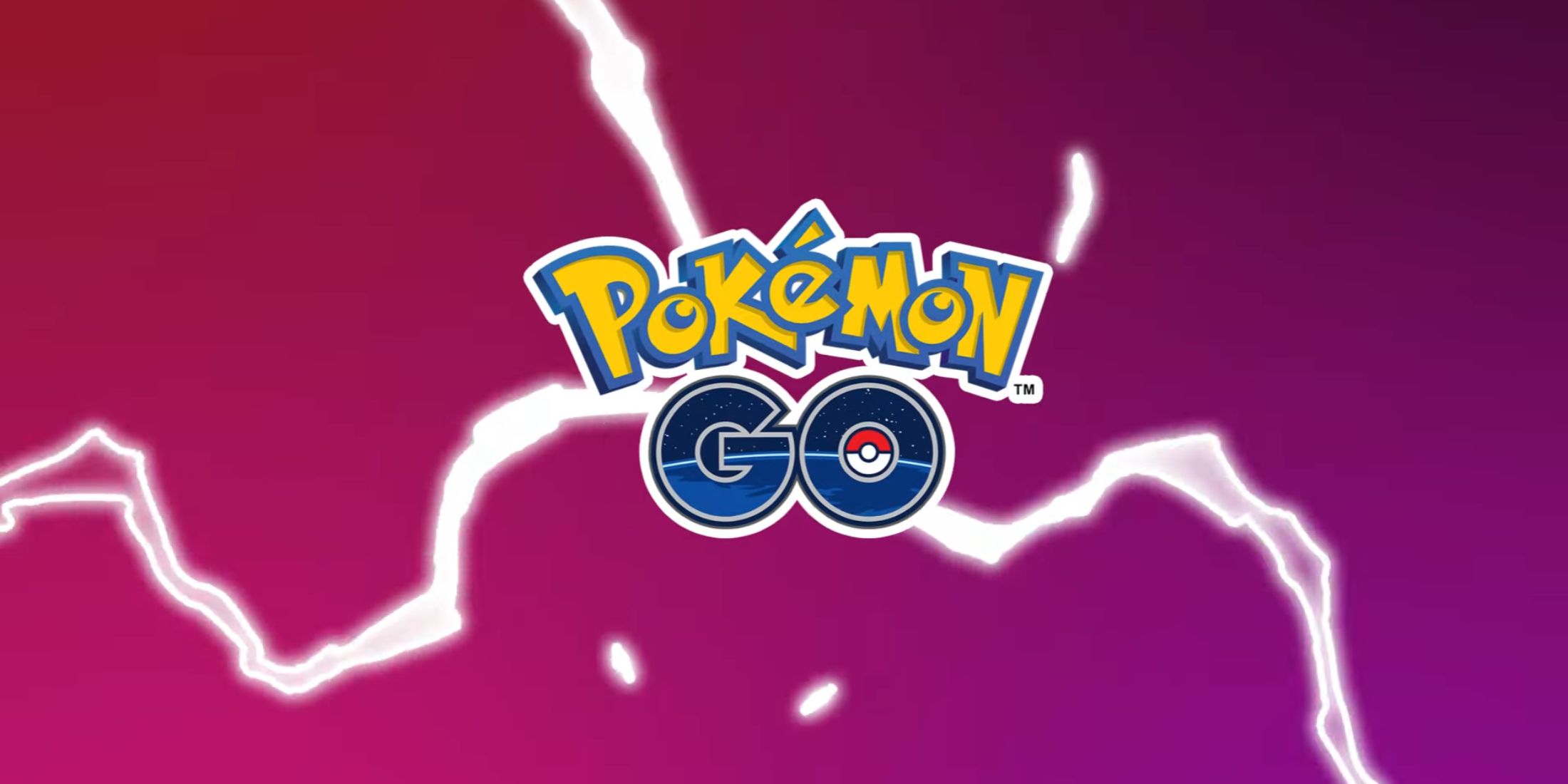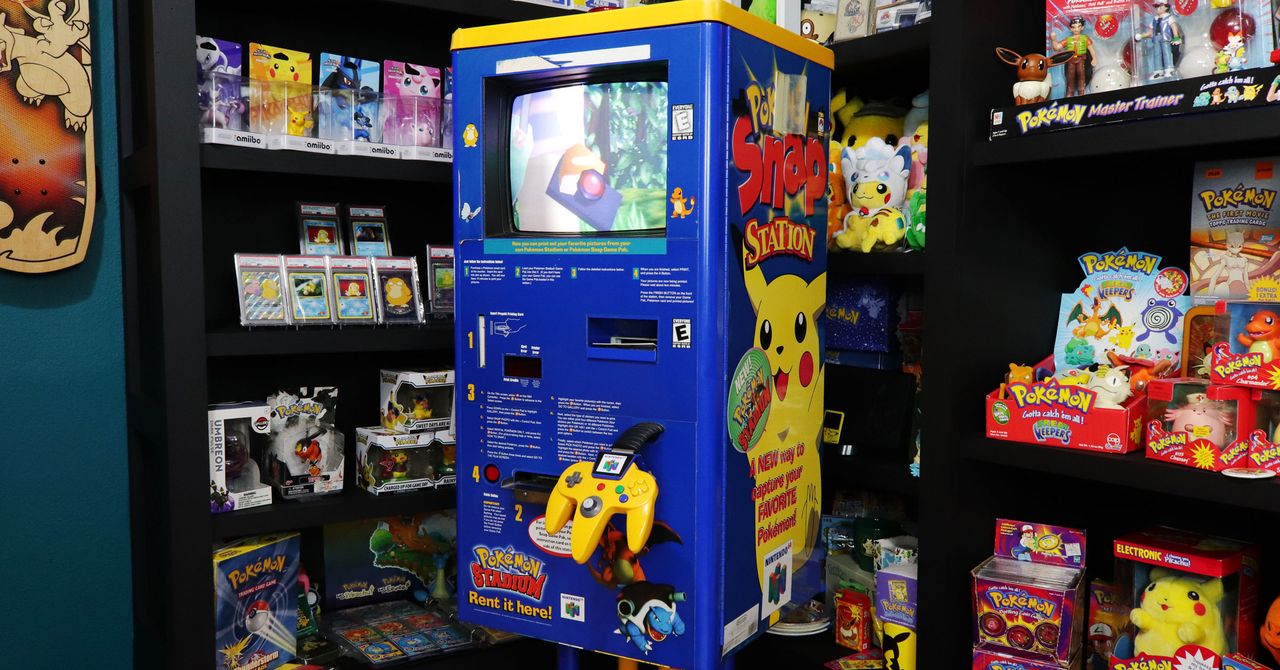
In 1999, one thing united millions of children across the world: They would do anything to make Pokémon real. For a brief window, the video rental store Blockbuster held that power.
It was a year after Nintendo released the Pokémon Red and Blue video games for the Game Boy in the US, introducing a wild, strange world where kids could befriend and battle the mysterious creatures. In 1999, Nintendo took the premise further. For the Nintendo 64 console, it released Pokémon Snap, in which pocket monsters wandered the wild—their first 3D incarnation—and players took pictures of them, luring them out with apples. Professor Oak judged the photos’ quality by Pokémon rarity and stylistic sophistication.
Going on a Pokémon safari piqued the imagination. Suddenly, Pokémon had their own lives off-camera. As a visitor, you could briefly appreciate them at their most authentic, not in captivity. Scrolling through digital Pokémon Snap photos was like browsing a collection of signed baseballs, caught after a moment of greatness. But they were digital; at the time, widely considered less real than collectables you could hold. This was the magic of Blockbuster’s Pokémon Snap Station.
Nintendo teamed up with Blockbuster in the ’90s to design a kiosk that fully capitalized on kids’ ardent and impossible wish to make Pokémon real. It was a royal-blue arcade cabinet trimmed in electric yellow, with a matching yellow N64 controller popping out the front. A happy image of Pikachu sprung from the bottom. A Samsung CRT television was connected to an N64 hidden inside. It also contained a small printer. Kids who had Pokémon Snap at home, or rented it from Blockbuster, could slot in their cartridge and print their digital photographs of Pokémon onto the Pokémon Snap Station’s sticker sheets.
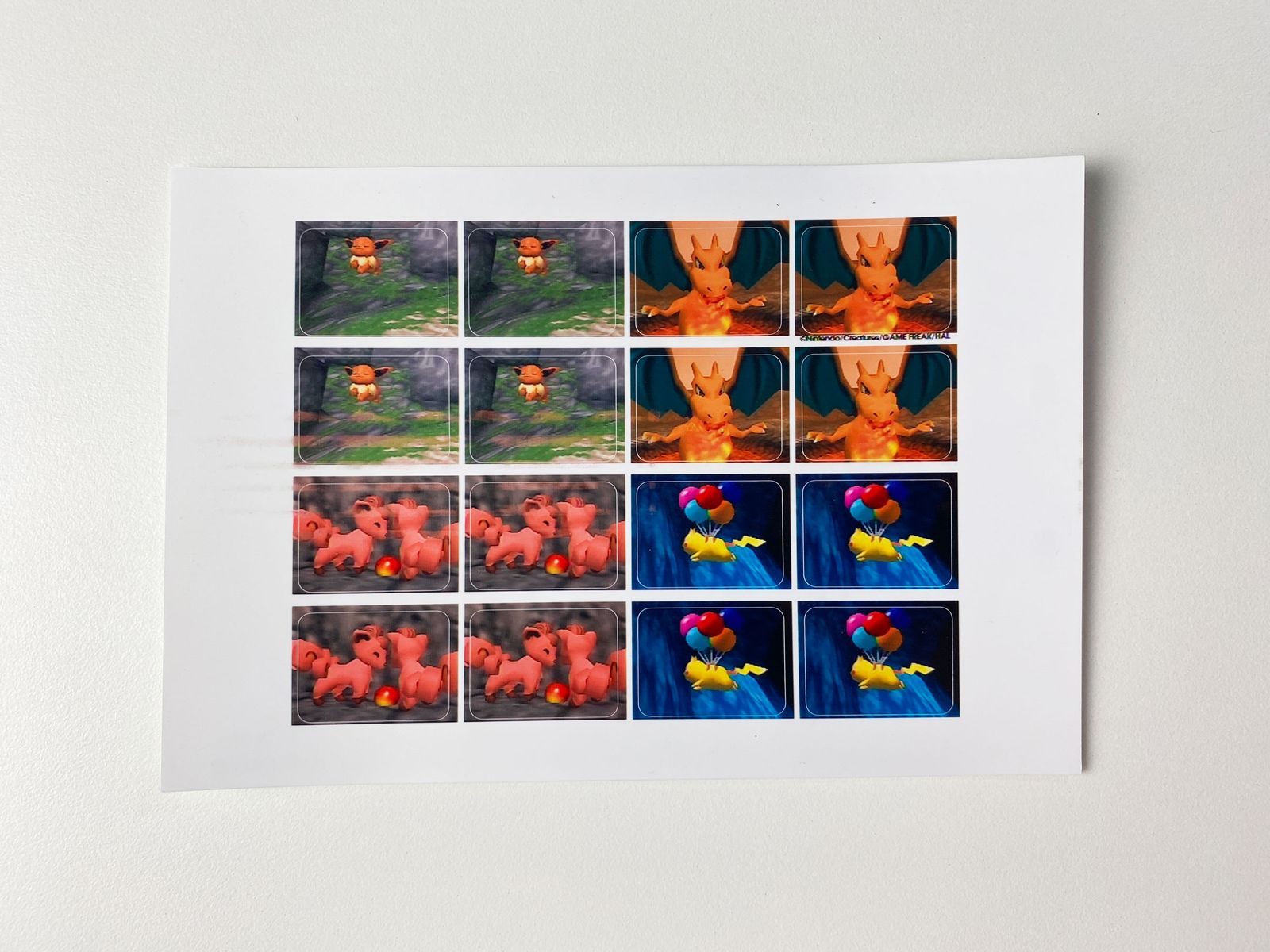 Courtesy of RealBreakingNate
Courtesy of RealBreakingNate
